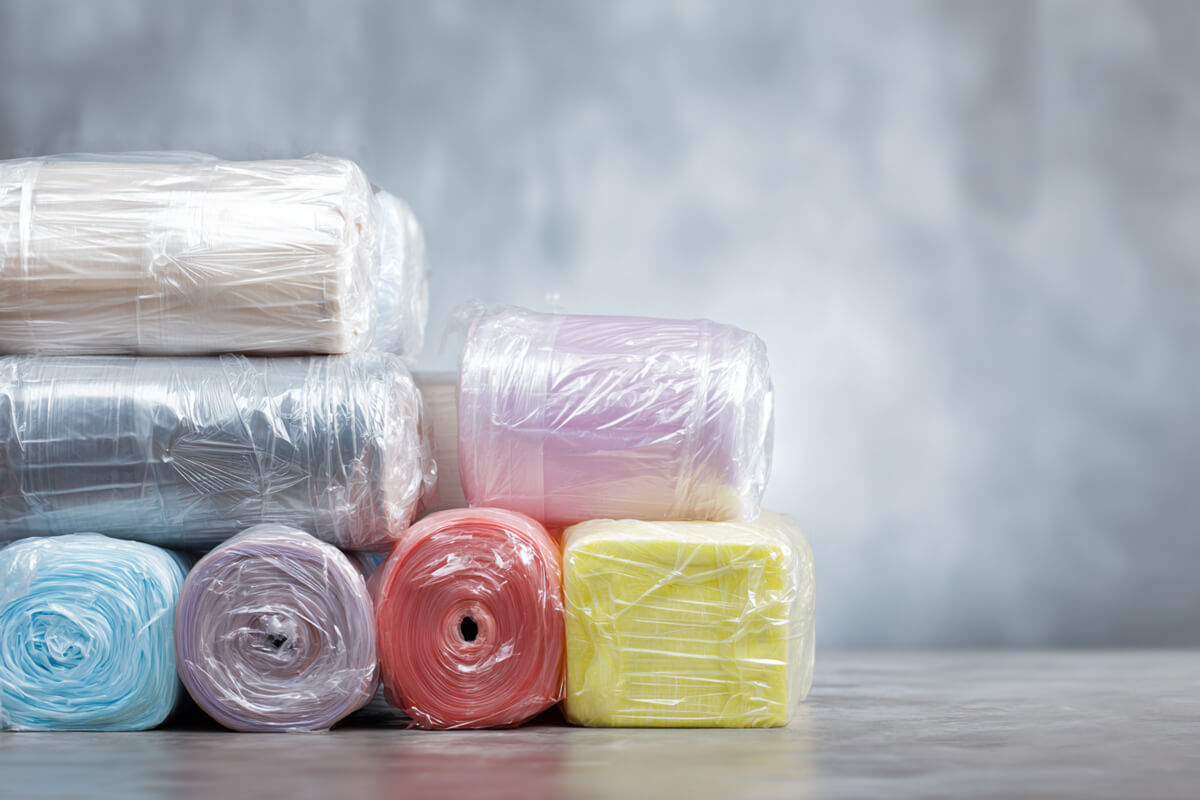How to make the best haylage
Haylage is fast becoming a popular food source for horses. Richer in nutrients and more palatable than standard hay, it provides a number of benefits that make it a solid horse-feed substitute. As a result of its rising popularity among horse owners, it presents a strong business opportunity for farmer and other bale contractors.
The best way to hit this market is with premium haylage. Horse owners want to know their animals are being well fed and nourished. From choosing the right crops to using quality bale wrap, here are our 5 top tips for making the best haylage.
How to make the best haylage:
1. Choose the right crops
The type and quality of your crop matters. You won’t make premium haylage from poor quality grass. It’s important you use a crop that is suitable for haylage. We recommend alfalfa, clover, and bermuda grasses, although other crops are available.
Cut your crop at the right time. For the maximum nutritional haylage, this will be just after the crop has started to bloom or flower. Depending on the kind of crop and climate, aim for mid-June and again, 8-10 weeks later.
2. Moisture matters!
The typical moisture content of a haylage bale is 40-50%. It is important you allow the grass to dry to this level of moisture before baling, as the moisture content of your bales directly affects the quality of the finished haylage.
As a general indicator, look for grasses that are wilted – but not significantly dry – and lighter in weight than wet cut crop.
3. Smaller is better
Smaller haylage bales are much more easy to transport and handle than larger bales, making them the practical choice for both you and your customers. Because they are smaller, they are also used up more quickly, reducing the chance of mouldering or wastage.
Chopping the grasses before baling enables you to pack more grasses into each bale. This higher density is important, reducing the risk of rot during the storage process.
4. Use quality bale wrap
Haylage depends on quality bale wrap in order to guarantee the bales are airtight and secure for storage. Both of these qualities are vital for the fermentation process in order to create premium haylage.
Source your bale wrap from a trusted supplier with a reputation for quality polythene. The best bale wraps are both strong and flexible. Material strength is important for securing your grasses, while a versatile film enables you to wrap any size of bale quickly and easily.
Our Agricultural Stretch Film is specifically designed to meet the exact baling needs of farmers and bale contractors. Find out how this tough, flexible, simple-to-fit product can improve the quality of your haylage.
5. Wrap at least 6-8 times
Haylage bales should be wrapped with a minimum of 8 layers. When high quality bale wrap is used, 6 layers is acceptable. Don’t worry – bale wrap costs are more than compensated for by the reduction in layers and the high selling price of premium haylage.
The haylage market is growing, presenting a great opportunity for farmers and bale contractors to grow with it. Making haylage isn’t difficult, but by following our 5 top tips for making the best haylage, you should be in a strong position to produce the premium-quality haylage your customers want.
You won’t find better Agricultural Stretch Film. To enquire further or to place an order, contact the Polythene UK team online.






